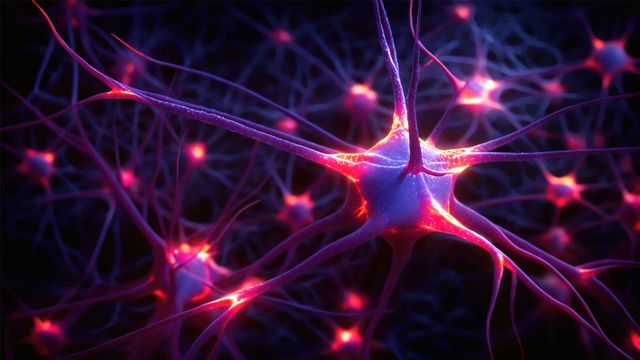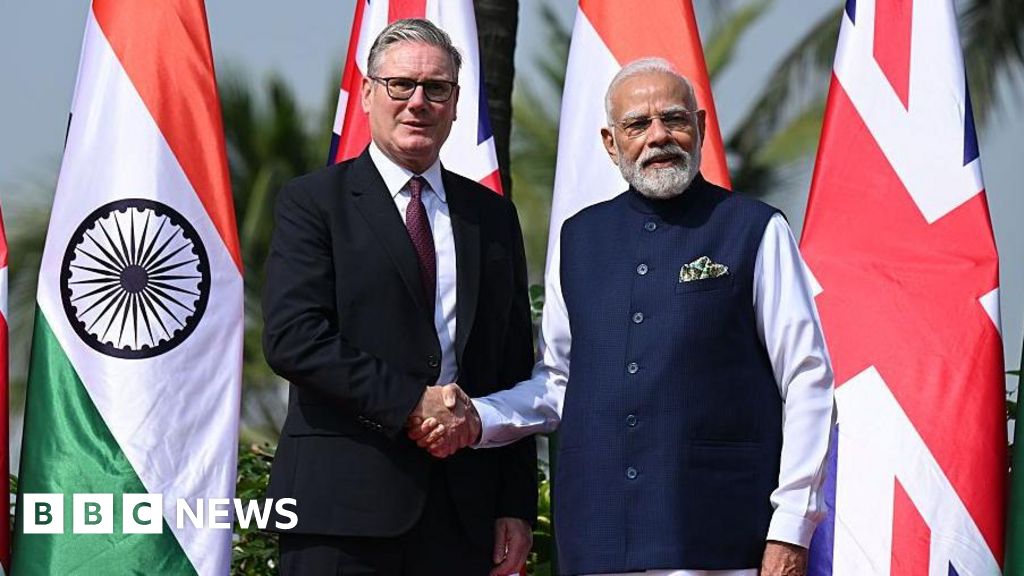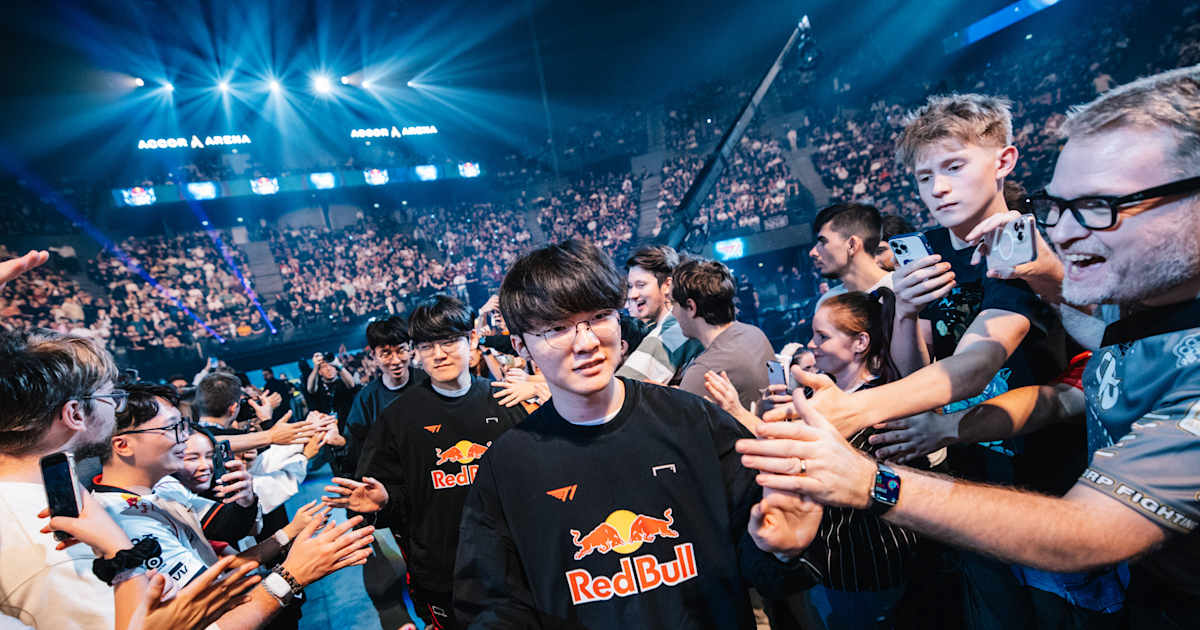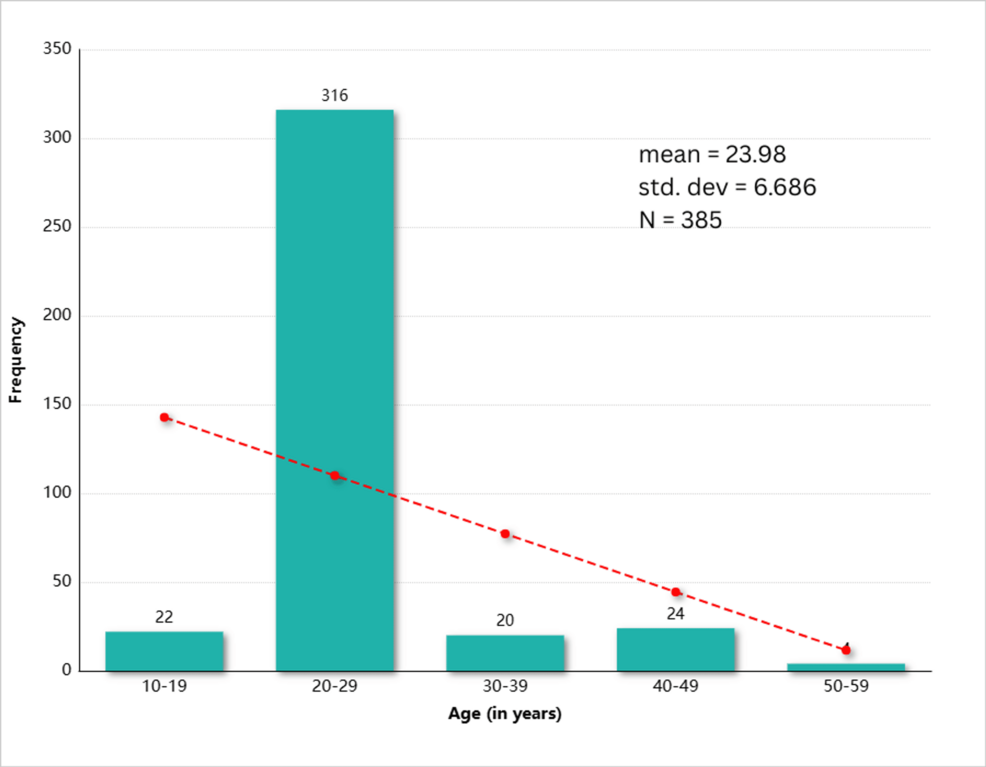Prime Minister Shehbaz Sharif said on…
Author: admin
-

Seizures in MS Linked to Hippocampal Demyelination
A preclinical study by biomedical scientists at the University of California, Riverside, has shown why some people with multiple sclerosis, or MS, also suffer from seizures — a debilitating complication that can worsen cognitive outcomes…
Continue Reading
-

Keir Starmer meets Narendra Modi on his first visit to India
Sir Keir Starmer has met Indian Prime Minister Narendra Modi on his first visit to the country.
The two leaders met in India’s financial capital Mumbai, where the prime minister is on a two-day trade mission with the largest ever delegation of…
Continue Reading
-

League of Legends roles: Guide for beginners
The MOBA phenomenon League of Legends has been a cornerstone of gaming and esports since its release in 2009. In this multiplayer strategy game, two teams of five players face off on a symmetrical map, relying on teamwork, strategy and precise…
Continue Reading
-

Mo Salah double helps Egypt to 2026 FIFA World Cup qualification
Two goals from football star Mo Salah helped Egypt seal their spot at the 2026 FIFA World Cup, as part of a dominant 3-0 away win over Djibouti on Wednesday [October 9].
It means the northern African team qualify top of Group A with one game…
Continue Reading
-

Microsoft moves GitHub to Azure servers
Microsoft is fully integrating GitHub into its own company and moving the development platform’s servers to Azure.
According to Neowin, this is evident from internal communications that have recently been made public….
Continue Reading
-

HSBC launches approach to take Hang Seng Bank private
Banking giant HSBC has unveiled plans to take its troubled Hong Kong-listed business Hang Seng Bank private in a deal valuing the subsidiary at 290 billion Hong Kong dollars (£27.9 billion).
London-headquartered HSBC, which already owns around 63% of Hang Seng, is proposing to pay around 106.2 billion Hong Kong dollars (£10.2 billion) to buy out the remaining shares for 155 Hong Kong dollars (£14.90), which is a 30% premium on Wednesday’s closing price, and de-list the business.
HSBC said it will keep the Hang Seng brand and branch network following the proposed deal.
Shares in HSBC had dropped by more than 6% on Thursday morning following the announcement.
Hang Seng, which was founded in 1933, is one of the largest domestic banks in Hong Kong.
It was bought by HSBC in 1965, marking a milestone deal for the group at the time, but the subsidiary has struggled in recent years after being hit hard by Hong Kong’s property slump and seeing rising bad debts.
Georges Elhedery, group chief executive of HSBC, said: “Our offer is an exciting opportunity to grow both Hang Seng and HSBC.
“We will preserve Hang Seng’s brand, heritage, distinct customer proposition and a branch network, while investing to unlock new strengths in products, services and technology to deliver more choice and innovation for customers.
“Our offer also represents a significant investment into Hong Kong’s economy, underscoring our confidence in this market and commitment to its future as a leading global financial centre, and as a super-connector between international markets and mainland China.”
But HSBC said it would not buy back any shares for the next three quarters to boost cash reserves needed for the deal, which it expects to complete in the first half of 2026.
HSBC had faced pressure from its biggest shareholder, Ping An, in 2022 to split its Asian and Western businesses, though it fended off the investor calls.
It has also since launched a restructuring of Hang Seng and recently appointed a new chief executive for the unit.
HSBC said: “One of HSBC’s strategic priorities is to grow in Hong Kong.
“HSBC believes it is best positioned to do so by strengthening the Hong Kong banking presence of both HSBC Asia Pacific and Hang Seng Bank, focusing on their relative strengths and competitive advantages, but continuing to allow all customers to choose where to bank.”
It added it plans to “continue to invest in people and technology across both HSBC Asia Pacific and Hang Seng Bank”.
But it signalled potential for cost-cutting in the region, saying it “expects there to be an opportunity to create greater alignment across HSBC and Hang Seng Bank that may result in better operational leverage and efficiencies”.
Continue Reading
-
Dollar climbs to fresh two-month highs as euro, yen hit by political turmoil – Reuters
- Dollar climbs to fresh two-month highs as euro, yen hit by political turmoil Reuters
- US Dollar Index (DXY) retakes the 99.00 level with Fed’s Powell on focus FXStreet
- Markets drift without data – United States – English Convera
- USD Breakout Test at Fibonacci, Wedge Resistance FOREX.com
- Dollar Strengthens As Global Currencies Meet Political Upheaval Finimize
Continue Reading


